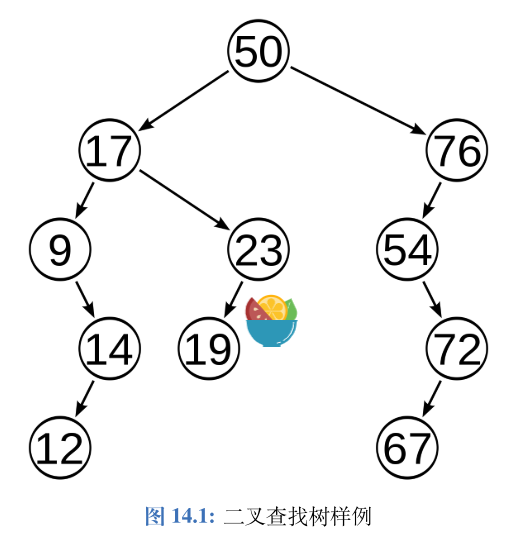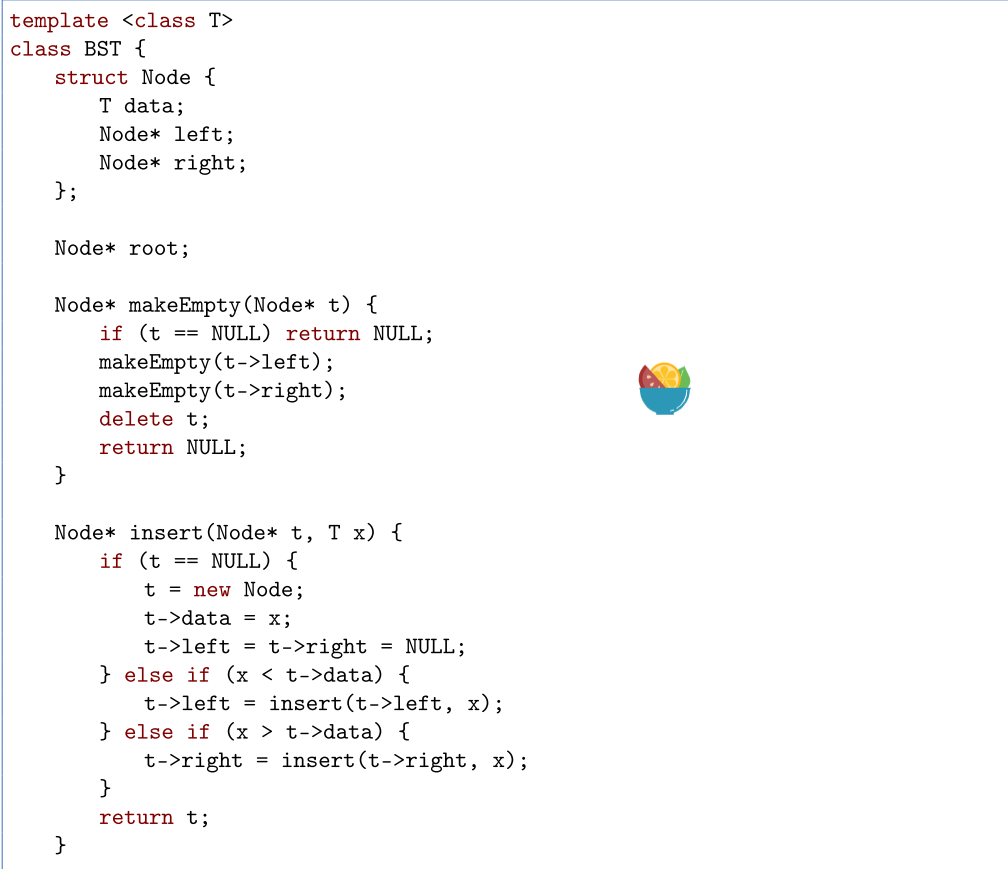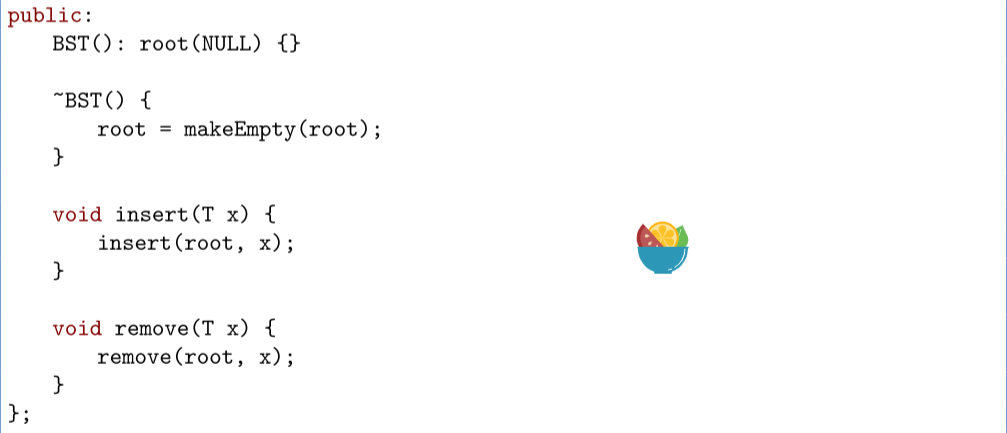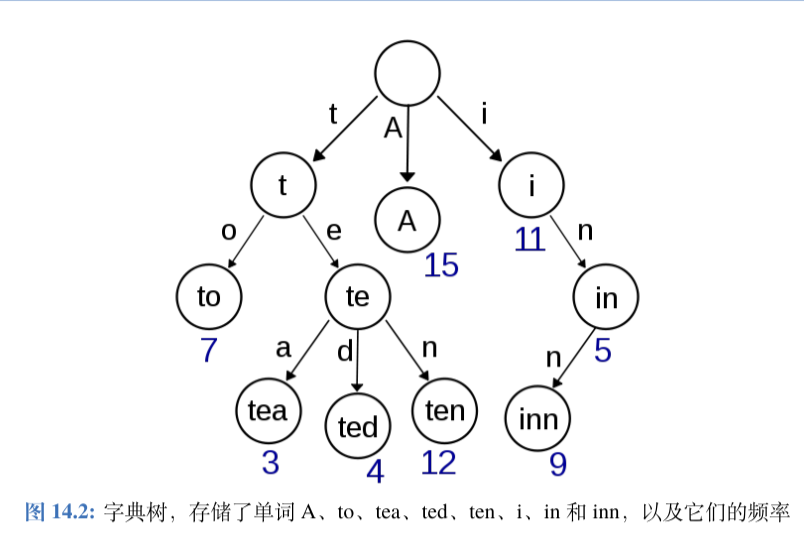LeetCode101学习笔记-9.9
- LeetCode默认的树表示方法如下:
1 * struct TreeNode { 2 * int val; 3 * TreeNode *left; 4 * TreeNode *right; 5 * TreeNode() : val(0), left(nullptr), right(nullptr) {} 6 * TreeNode(int x) : val(x), left(nullptr), right(nullptr) {} 7 * TreeNode(int x, TreeNode *left, TreeNode *right) : val(x), left(left), right(right) {} 8 * };
104. Maximum Depth of Binary Tree
1 class Solution { 2 public: 3 int maxDepth(TreeNode* root) { 4 return root?max(maxDepth(root->left),maxDepth(root->right))+1:0; 5 } 6 };
1 class Solution { 2 public: 3 bool isBalanced(TreeNode* root) { 4 if(helper(root) == -1)return false; 5 return true; 6 } 7 int helper(TreeNode* root){ 8 if(!root)return 0; 9 int l=helper(root->left),r=helper(root->right); 10 if(l==-1 || r==-1 || abs(l-r)>1)return -1; 11 return max(l,r)+1; 12 } 13 };
1 class Solution { 2 public: 3 int diameter=0; 4 int diameterOfBinaryTree(TreeNode* root) { 5 helper(root); 6 return diameter; 7 } 8 int helper(TreeNode* root){ 9 if(!root)return 0; 10 int l=helper(root->left),r=helper(root->right); 11 diameter=max(l+r,diameter); 12 return max(l,r)+1; 13 } 14 };
1 class Solution { 2 public: 3 int pathSum(TreeNode* root, int targetSum) { 4 //限定了路径只能从父节点到子节点 5 if(!root)return 0; 6 return helper(root,targetSum)+pathSum(root->left,targetSum)+pathSum(root->right,targetSum); 7 } 8 int helper(TreeNode* root,int val){ 9 if(!root)return 0; 10 int cnt=root->val==val?1:0; 11 cnt+=helper(root->left,val-root->val); 12 cnt+=helper(root->right,val-root->val); 13 return cnt; 14 } 15 };
1 class Solution { 2 public: 3 bool isSymmetric(TreeNode* root) { 4 return !root || helper(root->left,root->right); 5 } 6 bool helper(TreeNode* left,TreeNode* right){ 7 if(!left && !right)return true; 8 if(!left || !right)return false; 9 if(left->val != right->val)return false; 10 return helper(left->left,right->right)&&helper(left->right,right->left); 11 } 12 };
637. Average of Levels in Binary Tree
1 class Solution { 2 public: 3 vector<double> averageOfLevels(TreeNode* root) { 4 vector<double> ans; 5 queue<TreeNode*> q; 6 q.push(root); 7 while(root&&!q.empty()){ 8 double sum=0; 9 int cnt=q.size(); 10 for(int i=0;i<cnt;i++){ 11 TreeNode* node=q.front(); 12 q.pop(); 13 sum+=node->val; 14 if(node->left)q.push(node->left); 15 if(node->right)q.push(node->right); 16 } 17 ans.push_back(sum/cnt); 18 } 19 return ans; 20 } 21 };
144. Binary Tree Preorder Traversal
1 class Solution { 2 public: 3 vector<int> preorderTraversal(TreeNode* root) { 4 //非递归解法 5 vector<int> ans; 6 stack<TreeNode*> s; 7 s.push(root); 8 while(root&&!s.empty()){ 9 TreeNode* node=s.top(); 10 s.pop(); 11 ans.push_back(node->val); 12 if(node->right)s.push(node->right); 13 if(node->left)s.push(node->left); 14 } 15 return ans; 16 } 17 };
- 二叉查找树
二叉查找树(Binary Search Tree, BST)是一种特殊的二叉树:对于每个父节点,其左子树中所有节点的值小于等于父结点的值,其右子树中所有节点的值大于等于父结点的值。因此对于一个二叉查找树,我们可以在O(log n) 的时间内查找一个值是否存在。
同时因为二叉查找树是有序的,对其中序遍历的结果即为排好序的数组。
一个二叉查找树的实现如下:





669. Trim a Binary Search Tree
1 class Solution { 2 public: 3 TreeNode* trimBST(TreeNode* root, int low, int high) { 4 if(!root)return root; 5 if(root->val > high)return trimBST(root->left,low,high); 6 if(root->val < low)return trimBST(root->right,low,high); 7 root->left=trimBST(root->left,low,high); 8 root->right=trimBST(root->right,low,high); 9 return root; 10 } 11 };
- 字典树





